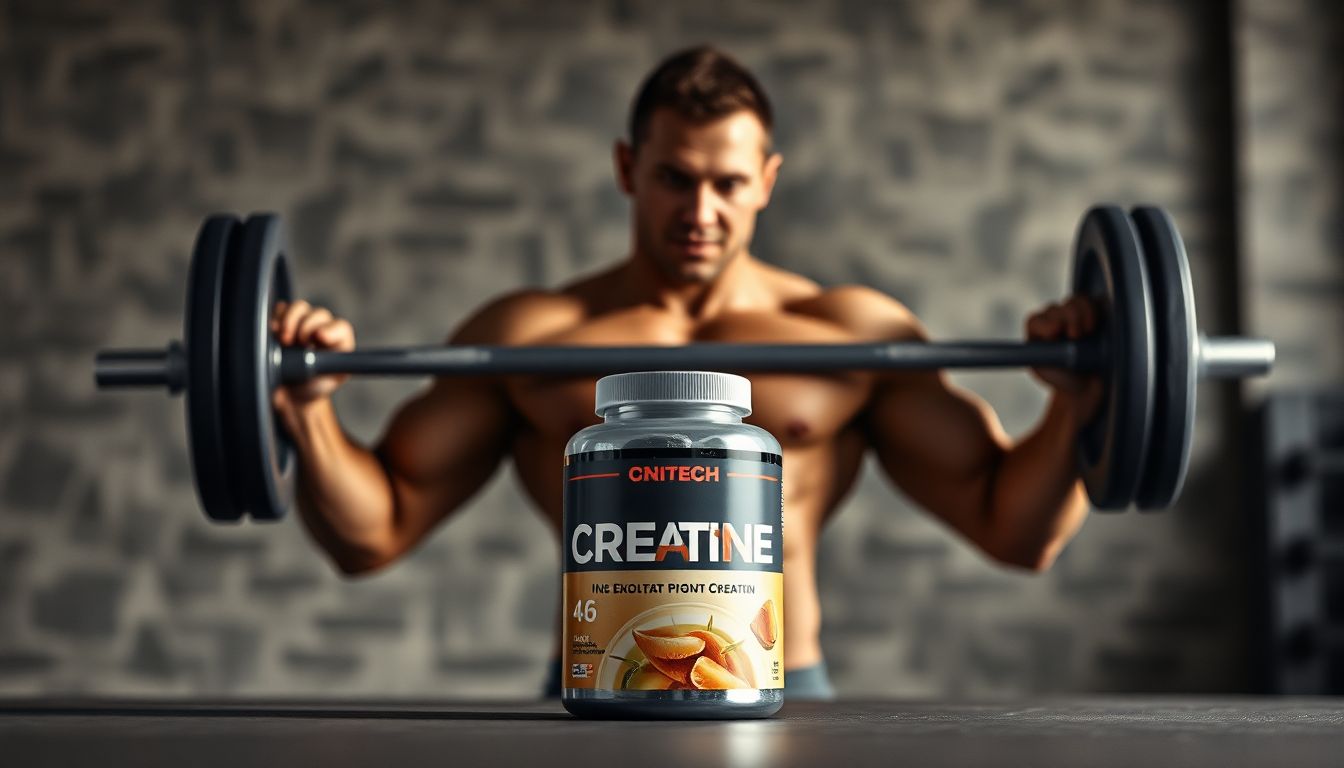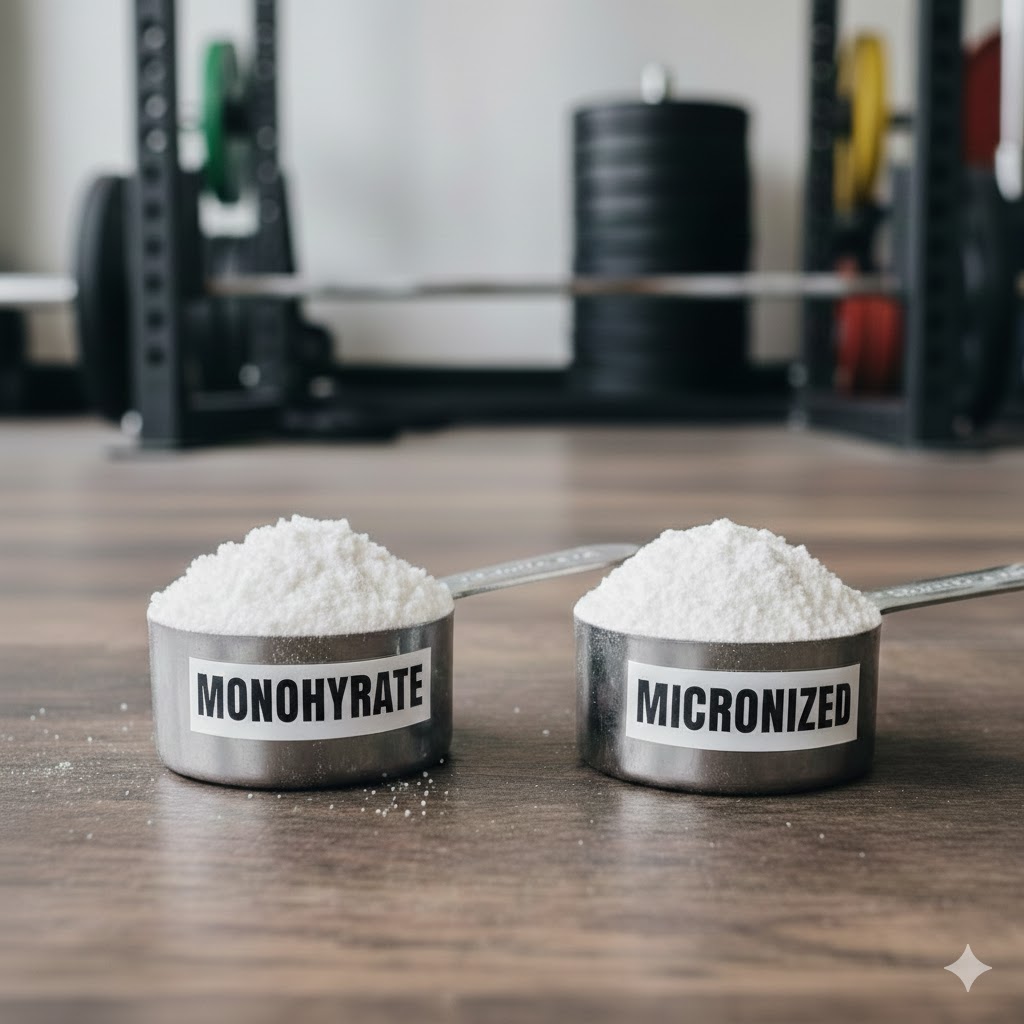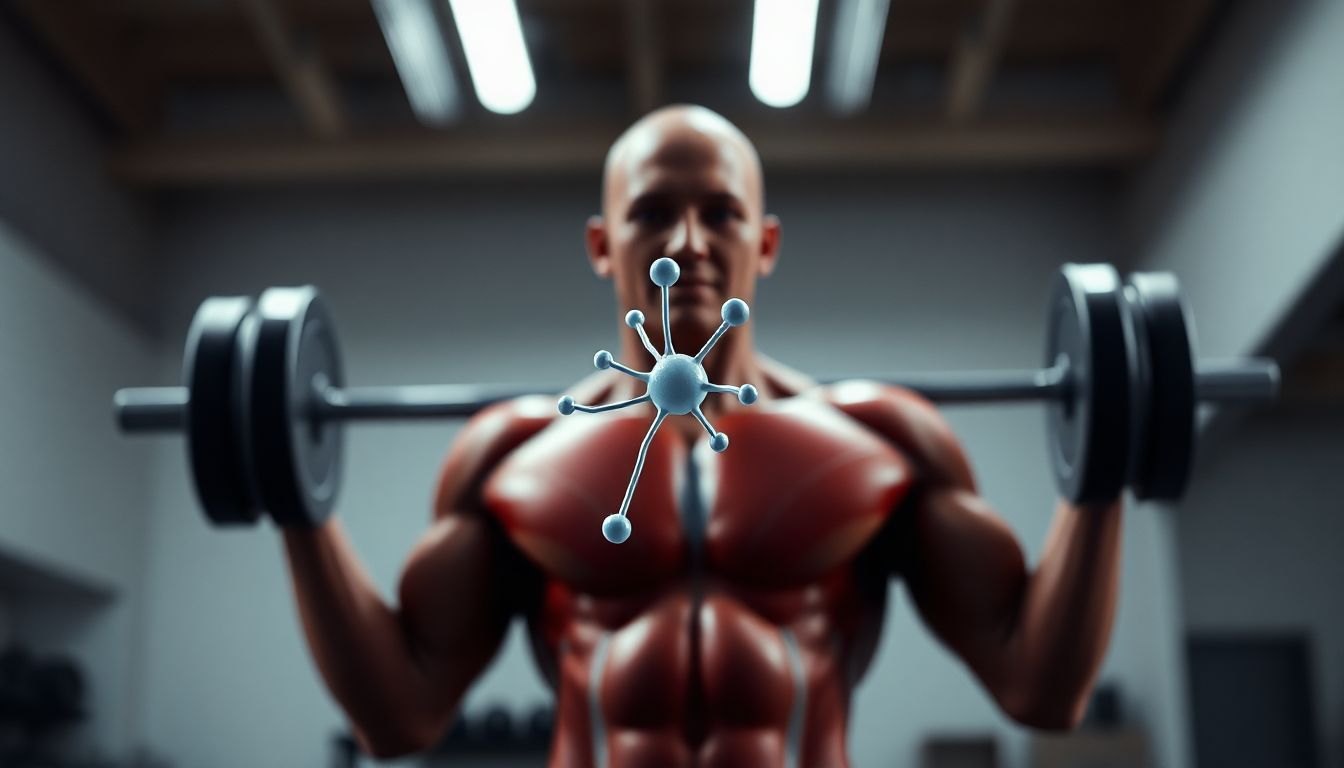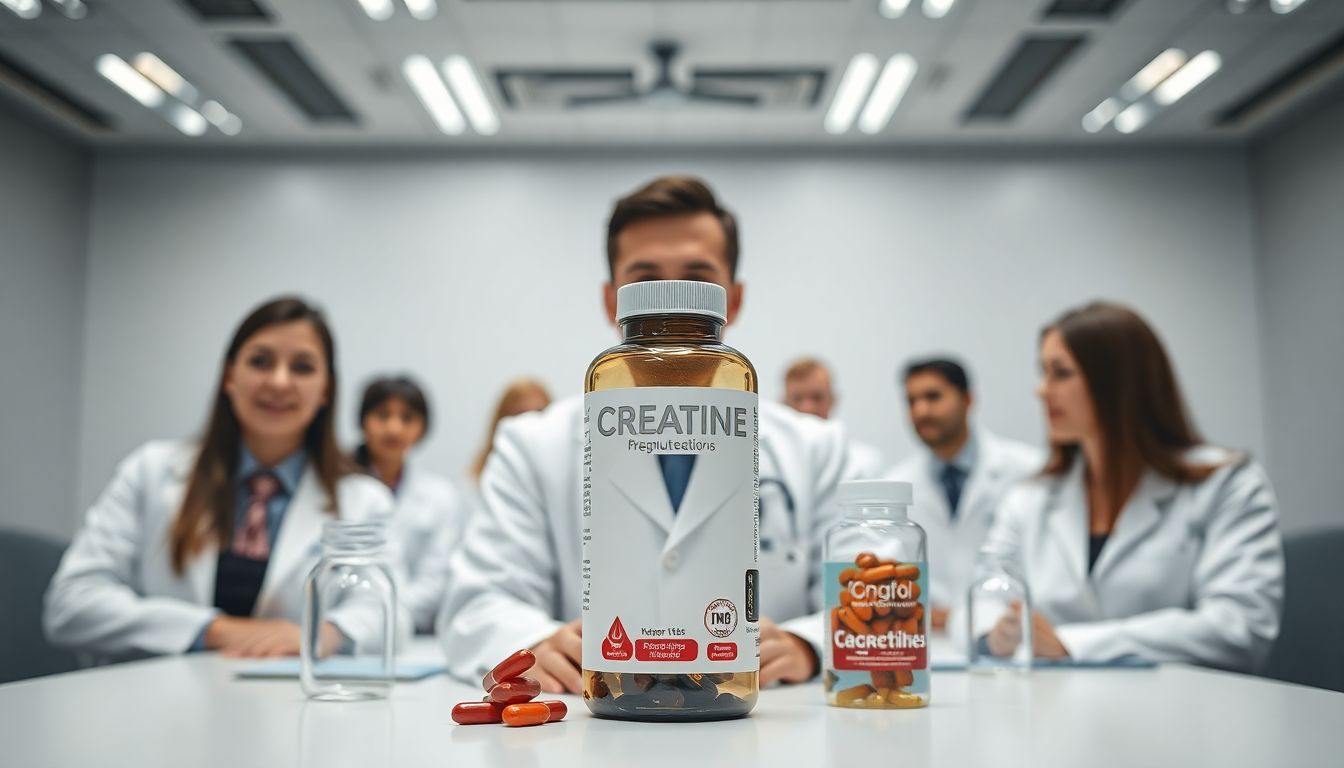Creatine is one of the most well-studied, effective supplements for increasing muscle mass and strength. Its benefits are supported by a deep understanding of cellular bioenergetics and muscle physiology. This article explores the scientific mechanisms by which creatine promotes muscle growth, backed by recent research, and provides practical insights into its use.
How Creatine Works at the Cellular Level
Creatine plays a vital role in energy metabolism within muscle cells. Stored mainly as phosphocreatine, it acts as a rapid reserve of phosphate groups to regenerate ATP, the primary energy molecule used during high-intensity exertion.[1][2]
Key mechanisms include:
- Enhanced ATP resynthesis: During intense muscular activity, ATP is depleted within seconds. Creatine’s phosphocreatine buffer allows quick replenishment, enabling muscles to sustain higher workloads.[3][4]
- Increased cellular hydration: Creatine draws water into muscle cells, leading to cell volumization. This swelling promotes anabolic signaling and muscle protein synthesis, thus aiding growth.[5]
- Activation of growth pathways: Creatine influences molecular pathways, such as the mTOR (mammalian target of rapamycin) pathway, a central regulator of muscle hypertrophy, and increases levels of growth factors like IGF-1.[6]
- Satellite cell stimulation: Creatine fosters the proliferation of satellite cells, which are essential for muscle repair, regeneration, and hypertrophy.[7]
- Reduction in muscle protein breakdown: Evidence suggests creatine can reduce proteolysis, helping preserve and build muscle tissue.[8]
Scientific Evidence on Creatine’s Roles in Muscle Growth
A growing body of research demonstrates that creatine supplementation significantly increases muscle size and strength when combined with resistance training.
- Cell hypertrophy: By increasing water retention and stimulating anabolic pathways, creatine causes muscle fibers to swell, a key signal for hypertrophy.[5]
- Muscle fiber recruitment: Creatine enables higher training intensities, allowing for greater recruitment and adaptation of muscle fibers, including the fast-twitch fibers most involved in hypertrophy.[2]
- Long-term effects: Studies indicate continuous creatine use over weeks to months results in meaningful muscle mass increases, especially when paired with strength training.
- Population effects: While highly effective in healthy young adults, creatine has also shown promising effects in older populations and vegetarians, who typically have lower baseline creatine levels.[7]
Practical Insights and Usage Recommendations
- Timing: Creatine can be taken pre- or post-workout, with some evidence suggesting timing to coincide with exercise-related muscle uptake may optimize benefits.
- Loading and maintenance: A common approach involves a loading phase of 20 grams per day for 5-7 days, followed by 3-5 grams daily for maintenance.
- Hydration: Adequate water intake is essential to mitigate minor water retention effects and optimize creatine’s function.
- Safety: Creatine is considered safe for most people, with a long history of safety in extensive research.
Internal Links for Deeper Understanding

Put These Muscle-Building Mechanisms to Work
Now that you understand how creatine stimulates muscle growth at the cellular level, experience these mechanisms firsthand with Creatine Ultimate CRN-5.
Frequently Asked Questions (FAQs)
1. How does creatine increase muscle size?
Creatine increases your ability to train harder, hydrates muscle cells, and activates growth pathways. Read More
2. Do I need to take creatine with protein for muscle growth?
Creatine is effective on its own but can complement protein for muscle building. Read More
3. How long does it take to see muscle gains from creatine?
Users often see results in 2-4 weeks with consistent supplementation and training. Read More
4. Does creatine work without resistance training?
Creatine’s muscle growth benefits are most pronounced with regular resistance training. Read More
5. Can creatine help with muscle recovery?
Yes, creatine reduces muscle damage and supports faster recovery. Read More
6. Is creatine suitable for women looking to gain muscle?
Absolutely, women experience similar muscle gains and benefits. Read More
7. Does creatine cause water retention?
Some water retention occurs inside muscle cells, contributing to a fuller appearance. Read More
8. How much creatine should I take to maximize muscle growth?
A typical regimen is 3-5 g per day, sometimes preceded by a loading phase. Read More
9. Can creatine help older adults build muscle?
Yes, creatine can support muscle preservation and growth in older adults when combined with training. Read More
10. Are there any risks with creatine supplementation for muscle growth?
Creatine is safe for healthy individuals when used at recommended doses. Read More
References
- Chilibeck PD, Kaviani M, Candow DG, Zello GA. Effect of creatine supplementation during resistance training on lean tissue mass and muscular strength in older adults: A meta-analysis. Open Access Journal of Sports Medicine. 2017;8:213-226.
- Wu SH, Gong YH, Liu YS, Fang GA. Creatine supplementation increases satellite cell mitotic activity during recovery from immobilization-induced muscle atrophy. Nutrients. 2022;14(12):2503.
- Farshidfar F, Izadi A, Taheri M. The role of creatine in skeletal muscle hypertrophy: molecular insights and potential clinical implications. Current Protein & Peptide Science. 2017;18(5):504-516.
- Candow DG, Forbes SC, Little JP, Chilibeck PD. Creatine supplementation: a review of efficacy and safety with focus on muscle mass and performance. Frontiers in Sports and Active Living. 2022;4:893714.
- Healthline Editorial Team. How Creatine Helps You Gain Muscle and Strength. Healthline. 2017.











